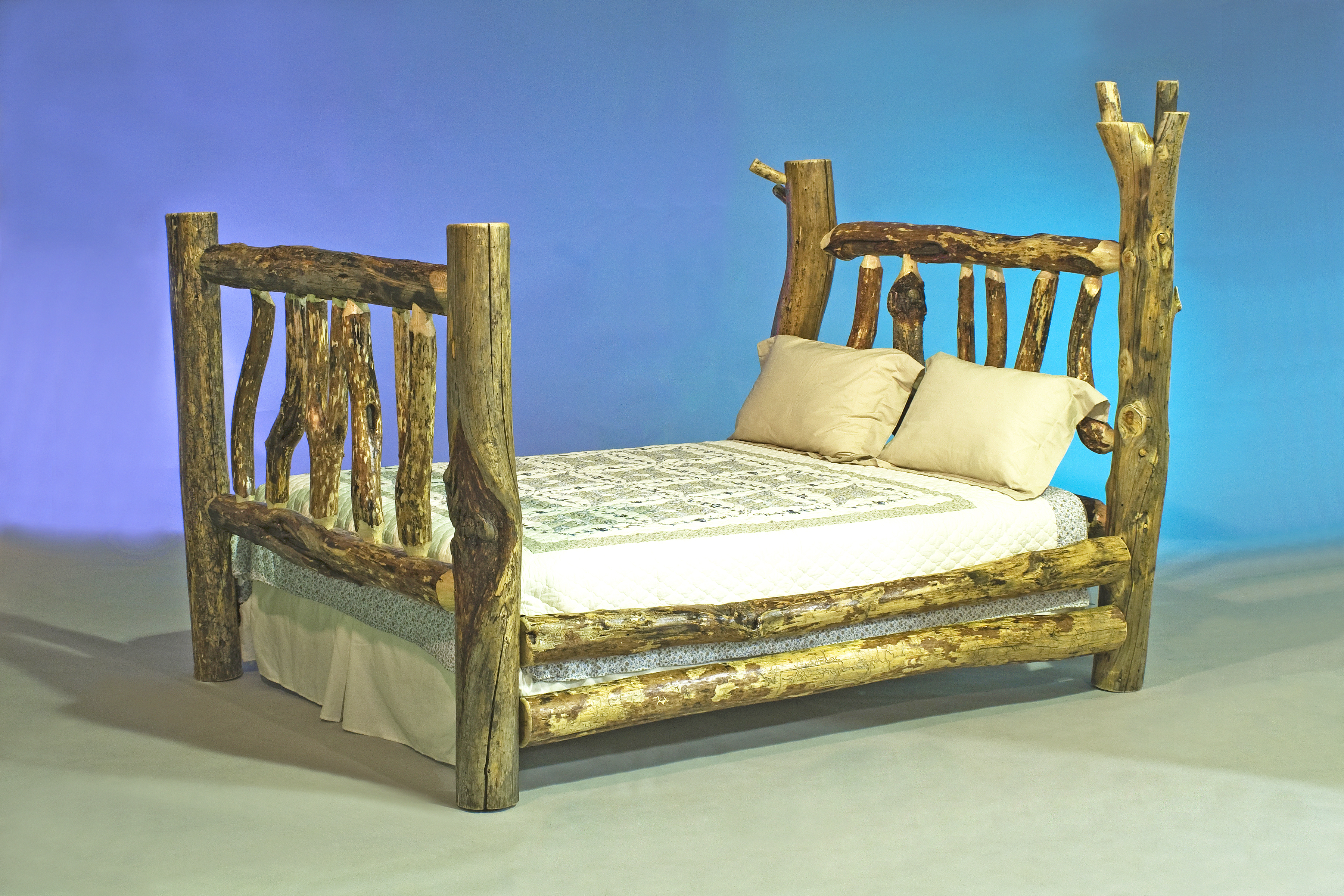
When it comes to selecting the ideal bed for your sanctuary, size often becomes an elusive variable, inviting both intrigue and inquiry. Which bed is the biggest? This seemingly straightforward question morphs into a complex chart—an intricate tapestry of dimensions, styles, and preferences. To navigate this elaborate terrain, we must first familiarize ourselves with the mattress size chart, which not only showcases various bed sizes but also highlights their specific suitability for different sleepers and spaces.
Starting with the most discernible sizes, we enter the realm of the Twin mattress. Measuring 38 inches in width and 75 inches in length, a Twin bed is typically favored for children’s rooms or compact spaces, such as dormitories. It presents a playful challenge—while a Twin serves its purpose for single sleepers, can it also satisfy the aspirations of an adult seeking comfort during those languorous Sunday mornings? The answer often directs individuals toward larger options.
Transitioning from the Twin, we arrive at the Twin XL, which shares the same width but elongates to a length of 80 inches. The additional five inches hold significance for taller individuals, making this size an optimal choice for college students who grapple with cramped quarters. Yet, one must ponder: does an extra five inches equate to a significantly enhanced sleeping experience? The subjective nature of comfort may render this an open question reliant on the unique dimensions of the sleeper.
Next in our size hierarchy is the Full or Double bed, which stretches to 54 inches wide and 75 inches long. A Full bed is the quintessential choice for individual sleepers desiring additional breadth, yet it can occasionally feel constraining for couples. Does the maxim of “bigger is better” always reign true? Here, the dynamics of intimacy and personal space intertwine, urging couples to consider their sleeping habits before settling on this size.
The Queen mattress, measuring 60 inches wide and 80 inches long, heralds a shift towards greater comfort and versatility. Favored by couples and individuals alike, the Queen bed allows for ample room to stretch and shift during sleep, and it often fits comfortably in most bedrooms. However, the underlying question surfaces: does a Queen bed truly accommodate all couples? Factors such as body types, sleeping positions, and personal preferences play a pivotal role in determining whether this size meets their nocturnal needs.
Following the Queen’s reign, we encounter the King mattress, which commands a width of 76 inches and a length of 80 inches. This expansive size offers a luxurious sleep experience akin to a sprawling oasis, perfect for families or couples who value their individual sleeping space. However, one may ponder the practicality of such a grand structure. Can your room gracefully encompass a King bed without sacrificing mobility? Assessing bedroom dimensions becomes paramount at this stage, as the grandeur of a King mattress can quickly encroach on space, converting comfort into confinement.
Then we arrive at the California King, a unique designation measuring 72 inches wide and 84 inches long. This variant solves the riddle of legroom for taller persons while compromising on width. Does opting for a California King mirror a preference for length over width, or is it merely a reflection of aesthetic choices? Here, one encounters the delicate balance between personal space and physical dimensions.
While the varieties are plentiful, the discussion does not solely revolve around dimensions. Breaching the boundaries of size, the composition of the mattress equally contributes to the sleeping experience. Memory foam, innerspring, latex, and hybrid options all provide diverse levels of firmness, support, and comfort. Each composition has unique attributes—memory foam molds to the sleeper’s body, offering a cocoon-like embrace, while innerspring mattresses deliver a bouncier, more traditional feel. The question of which material leads to the best sleep experience is subjective, yet remains pivotal as one approaches the purchasing decision.
Moreover, the evolving world of mattress technology has led to plush innovations such as adjustable bases, bed-in-a-box options, and cooling technologies. Each development augments the sleep experience, enhancing not just the comfort but also the health benefits associated with quality sleep. However, before indulging in these advancements, one must ask—are all innovations universally advantageous? Consumer reviews and personal experiences can prove invaluable in discerning investments that genuinely promote sleep quality.
As we venture deeper into the labyrinth of bed dimensions and selections, we arrive at one critical conclusion: selecting the right bed requires meticulous consideration of various factors, from personal needs to spatial constraints. The narrative does not end with size; it intertwines with lifestyle choices, preferences, and overarching needs for sleep quality. Ultimately, the question of which bed is the biggest beckons not only from a quantitative standpoint but also emphasizes the profound impact of choice on comfort, health, and well-being.
In this quest for the ideal sleeping haven, conducting thorough research, measuring available space, and reflecting on personal sleep habits are paramount. Compromise may be necessary, yet awareness and understanding can lead to a satisfying conclusion—the perfect bed awaits, nourishing the mind and body with restful slumber.
